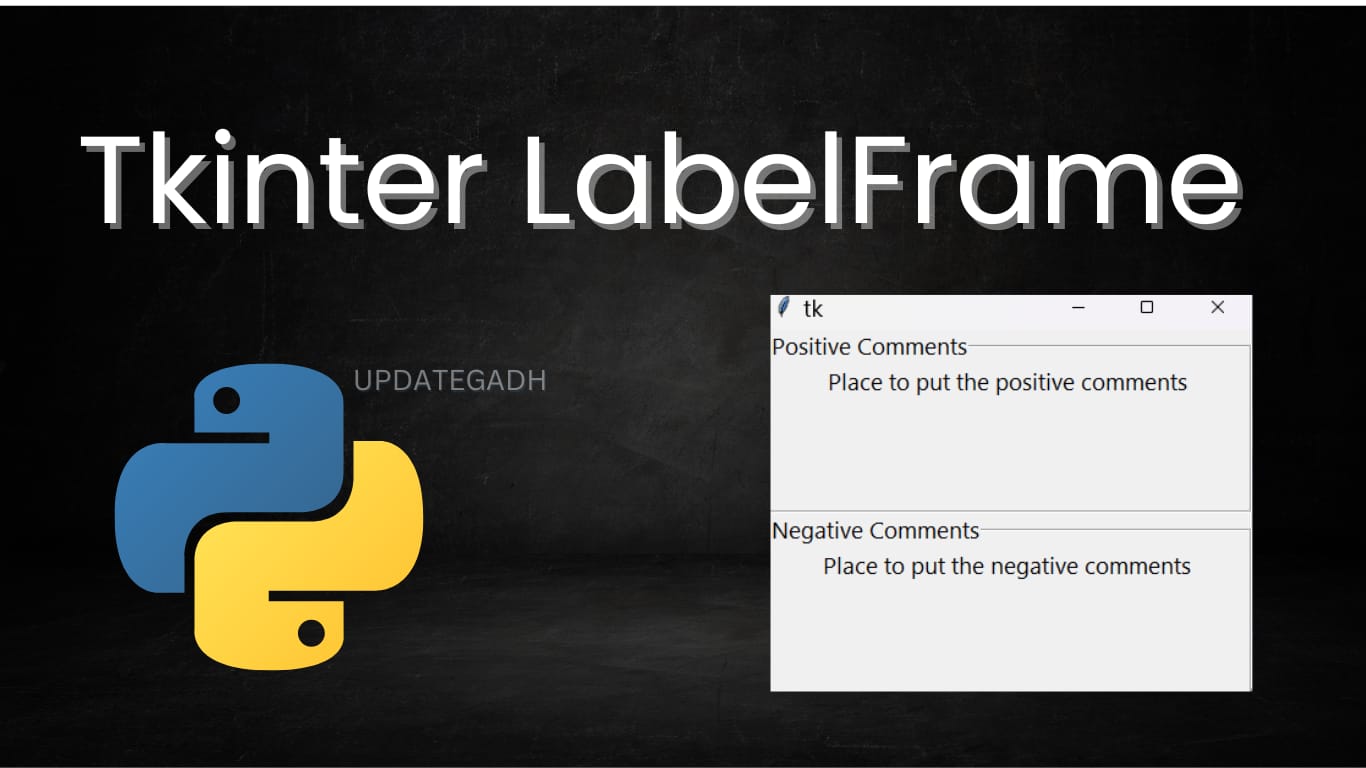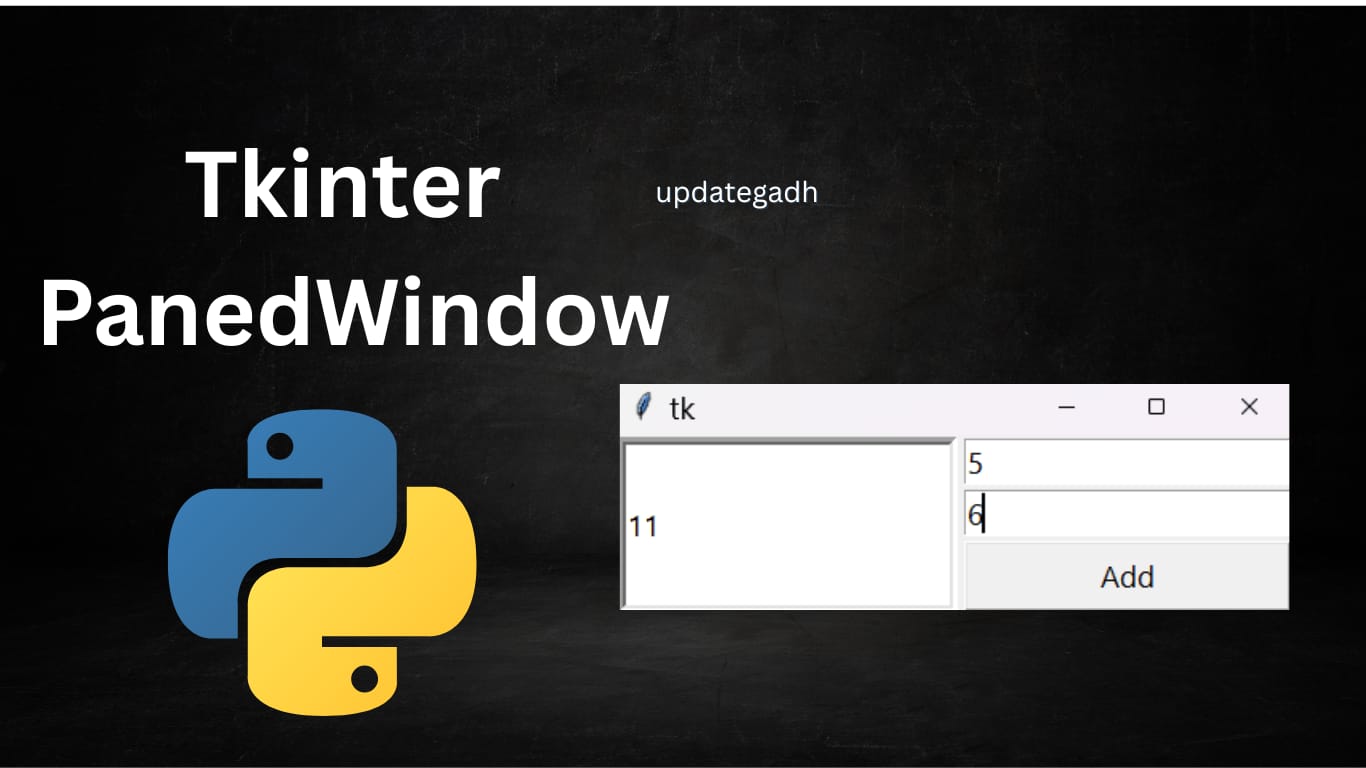
How to render web page into Django
How to Render web page into Django
Rendering a webpage in Django involves several steps, from setting up the project to creating views and templates. Here’s a step-by-step guide:
1. Set up a Django Project
-
Install Django
Run the following command to install Django:pip install django -
Create a Django Project
Run:django-admin startproject project_name cd project_name
2. Create a Django App
-
Create an App
Run:python manage.py startapp app_name -
Register the App in
settings.py
Openproject_name/settings.pyand add your app to theINSTALLED_APPSlist:INSTALLED_APPS = [ ... 'app_name', ]
3. Define a URL
-
Create a URL Pattern in
app_name/urls.py
Create aurls.pyfile in the app folder if it doesn’t exist. Add:from django.urls import path from . import views urlpatterns = [ path('', views.home, name='home'), # URL for the home page ] -
Include the App’s URLs in the Project’s
urls.py
Openproject_name/urls.pyand include the app’surls.py:from django.contrib import admin from django.urls import path, include urlpatterns = [ path('admin/', admin.site.urls), path('', include('app_name.urls')), # Include app's URLs ]
4. Create a View
- Open
app_name/views.pyand define a view function:from django.shortcuts import render def home(request): return render(request, 'home.html') # Render the template
5. Create a Template
-
Set up a Templates Directory
Insettings.py, configure theTEMPLATESsetting to include your templates directory:TEMPLATES = [ { 'BACKEND': 'django.template.backends.django.DjangoTemplates', 'DIRS': [BASE_DIR / 'templates'], # Add 'templates' directory 'APP_DIRS': True, ... }, ] -
Create the Template File
Create atemplatesfolder in the project root. Inside it, create a file namedhome.htmlwith content like:<!DOCTYPE html> <html lang="en"> <head> <meta charset="UTF-8"> <meta name="viewport" content="width=device-width, initial-scale=1.0"> <title>Welcome to upgategadh.com</title> <!-- CSS Styles --> <style> body { font-family: Arial, sans-serif; margin: 0; padding: 0; background: linear-gradient(to right, #4facfe, #00f2fe); color: #333; } header { background-color: #007bff; color: white; padding: 20px; text-align: center; } main { display: flex; justify-content: center; align-items: center; height: 80vh; text-align: center; flex-direction: column; } h1 { font-size: 3rem; margin: 10px 0; } p { font-size: 1.2rem; } button { background-color: #28a745; color: white; border: none; padding: 10px 20px; margin-top: 20px; font-size: 1rem; border-radius: 5px; cursor: pointer; transition: all 0.3s; } button:hover { background-color: #218838; } footer { text-align: center; padding: 10px; background: #333; color: white; position: absolute; bottom: 0; width: 100%; } </style> </head> <body> <header> <h1>Welcome to upgategadh.com</h1> </header> <main> <h1>Hello, World!</h1> <p>We’re glad to have you here. Explore our platform for amazing experiences.</p> <button id="alertButton">Click Me!</button> </main> <footer> © 2025 upgategadh.com. All rights reserved. </footer> <!-- JavaScript --> <script> document.getElementById('alertButton').addEventListener('click', function() { alert('Welcome to upgategadh.com! Enjoy your visit.'); }); </script> </body> </html> -
6. Run the Development Server
Start the server using:
python manage.py runserver
Create a Virtual Environment (if not already created):
Before activating, ensure you have a virtual environment. Use the following command:
python -m venv venv
Here, venv is the name of the virtual environment folder. You can replace it with any name.
2. Activate the Virtual Environment:
Windows (Command Prompt):
venv\Scripts\activate
Windows (PowerShell):
.\venv\Scripts\Activate
Windows (Git Bash):
source venv/Scripts/activate
macOS/Linux (Bash or Zsh):
source venv/bin/activate
3. Verify Activation:
After activation, you should see the name of the virtual environment in your terminal prompt. For example:
(venv) $
To confirm, you can check the Python executable path:
which python # On macOS/Linux
where python # On Windows
It should point to the Python executable inside the venv directory.
4. Deactivate the Virtual Environment:
When you’re done, deactivate the virtual environment using:
deactivate







Post Comment